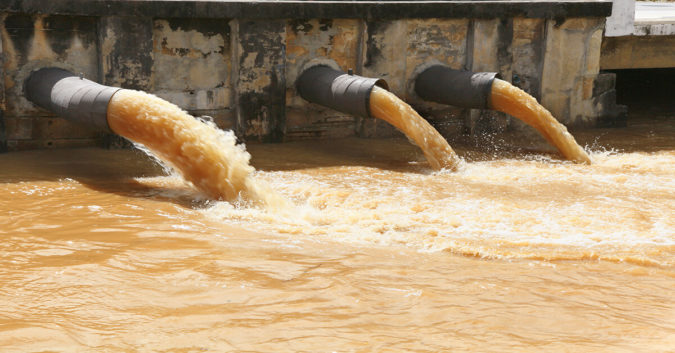After much foot-dragging, the U.S. Environmental Protection Agency (EPA) has finally made moves to regulate toxic per- and polyfluoroalkyl substances (PFAS) through a new wastewater permitting process.
However, public health and environmental advocates say the process falls well short of what is needed to address the widespread problem of PFAS in American drinking water.
On November 30th, the agency announced an interim strategy for regulating PFAS discharges in waterways, which it hopes will help state and federal regulators monitor PFAS contamination until more thorough methods are finalized in 2021.
Also known as “forever chemicals,” PFAS are a group of compounds used in a variety of consumer and industrial products, ranging from food packaging to firefighting foam. Although they have been manufactured since World War II, their health and environmental hazards were not fully understood until recently.
Firefighters, who are at especially high risk for PFAs exposure, have developed:
- Bladder cancer
- Breast cancer
- Colorectal cancer
- Kidney cancer
- Leukemia
- Liver cancer
- Lymphoma
- Pancreatic cancer
- Prostate cancer
- Testicular cancer
The hope with any additional PFAS regulation is to limit the deadly consequences of allowing these chemicals to further leach into water systems, and, eventually, into the human body, where they will remain — forever.
What’s in the EPA’s Plan to Regulate PFAS?
The EPA’s recently announced plan to control PFAS includes guidance for states and EPA regulators when issuing permits for facilities where PFAS chemicals are expected to be present in the wastewater.
These permits are issued through the EPA’s National Pollutant Discharge Elimination System (NPDES), which is the regulatory roadblock that industrial or municipal groups have to go through before discharging their wastewater.
With regards to PFAS, the EPA is now “encouraging” the regulators who issue these permits to include PFAS monitoring and analysis, including limits on how much of the so-called “forever chemicals” can be discharged. The new guidance applies to both municipal and industrial storm sewer systems.
The EPA also announced progress in its plan to develop a more robust analytical method for testing PFAS in wastewater and other parts of the environment. The interim strategy was announced because those methods are not expected to be finalized until later next year.
EPA’s New Proposals Come Up Way Short
For many environmentalists, the EPA’s interim strategy is wholly inadequate, and reflects the pro-corporate agenda of an EPA captured by private interests who have no interest in regulating profitable chemicals.
Untold millions of tons of PFAS have been discharged in waterways, landfills, groundwater, and the air. For many years, those emissions were not disclosed to the public because the regulatory laws and agencies meant to control them — namely, the Toxic Substances Control Act (TSCA) — were not aware of their existence.
Now, it is estimated that every person on earth has some level of PFAS in their blood.
In response to the new EPA guidance, Scott Faber, a senior vice president at the Environmental Working Group, called the announcement “an insult to the millions of Americans who are drinking water contaminated with PFAS.” Faber continued, in his statement:
“The EPA should be issuing tough, mandatory standards to regulate PFAS discharges from thousands of industry facilities, not ‘encouraging’ industry and regulators to ‘consider’ whether to limit releases of toxic chemicals building up in the blood of every American. The PFAS pollution crisis is a big problem that we should not be making bigger through unlimited pollution.”
Currently, EPA is able to detect and measure 29 PFAS chemicals. There are an estimated 5,000 different types of PFAS, though some are much more widely used and studied than others.
Meanwhile, scientists continue to learn more about how ever-present PFAS chemicals are in both the environment and the marketplace. An article published in the scientific journal Environmental Science: Processes & Impacts found more than 200 uses of PFAS chemicals across 64 different industries, all of which remain tight-lipped about their reliance on PFAS.
Those sectors, according to The Intercept, include mining, book conservation, plastics production, photography, printing, watchmaking, car manufacturing, air conditioning, fingerprinting, and particle physics.
